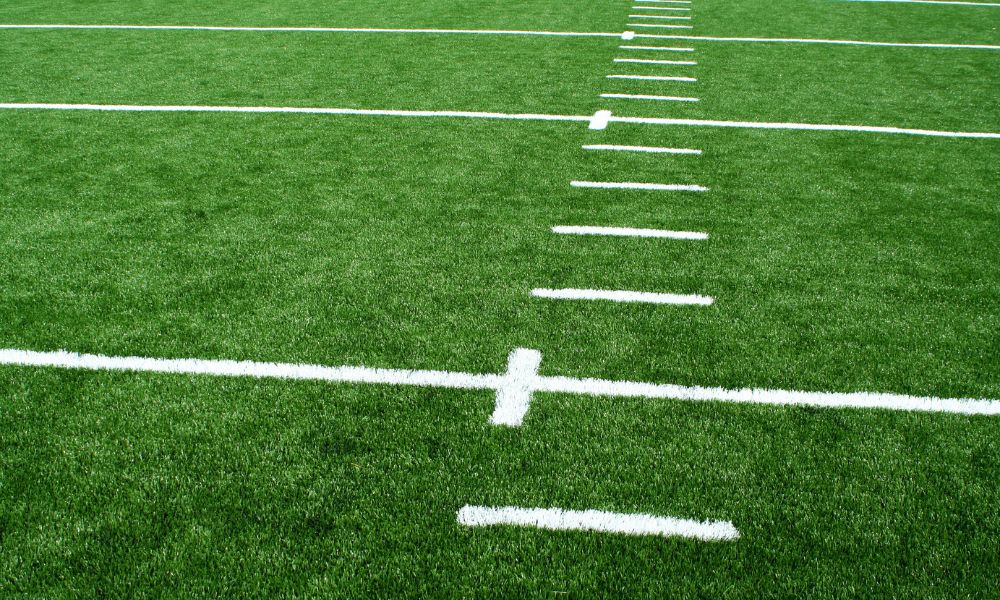
As a groundskeeper, you’re responsible for keeping your turf in good condition for all athletes. Establishing a proper care routine will keep the field safe during practice and on game days.
The key to accomplishing this task is putting the same amount of TLC into the field as your home lawn. By following these helpful tips, you can make your athletic field look great and ensure its overall health.
Conduct a Soil Test
Just like our homes need to stand on quality foundations, our athletic turfs need healthy soil underneath them. This is a great step to take when designing a new field. It’s also good to consider this if the field you’re responsible for currently has issues staying healthy.
Testing the soil allows you to discover important information, such as the soil’s pH level. If yours is too high, you may have trouble maintaining the grass. Using sulfur can lower pH levels, and lime can help raise them. Performing a soil test will give you this insight, so you can see if your field needs any corrective action.
Fortify the Field With Fertilizer
You’ll have to utilize fertilizer to keep the grass strong. The pH levels are not the only factors you need to keep in mind, as your turf needs proper nutrients to prosper. Most experts agree that you should regularly fertilize the field in the spring and summer to ensure great results in the cold weather seasons.
This best practice will help keep the grass resilient for athletes. Whether your athletic field is for football, soccer, or other sports, it endures plenty of traffic. Without fortification with fertilizer, the grass may be more susceptible to wear and tear, which could make conditions unfit for sports.
Aerate As Needed
With athletes regularly using the field, the soil can become compacted. If parts of the turf look worse for wear, it could be the right time for aeration. In addition to fixing this compaction issue, aerating will help improve soil drainage, reducing puddles and preventing them from staying on your field.
Invest in an aerator and use it to get things back on track. Most experts recommend doing so in the spring and summer, just like fertilization, for the best results.
Mow and Water
If your field has natural grass, mow it each week to promote healthy growth. This will allow your field to become resilient and thick. However, take care not to cut it too short, and leave around an inch of height after each mowing.
Weekly watering will also help keep the turf healthy. Try doing so each morning and a day or two before athletes use the field for practice or a game. Also, take care not to overwater, as this can damage the turf.
Paint Like the Pros
Having crisp lines painted on your athletic field is key to making it look great. One tip is to ensure you maintain them with a field striping machine. Having the right tools for the job can make your field marking lines turn out professionally each time they need a touch-up. This piece of equipment makes the job easier for you and works on both synthetic turf and grass fields.
If you’re looking for quality machinery, choose Trusco Manufacturing. We offer turf stripers and other equipment to make your field look its best on game day.
